Sometimes you may need to programmatically modify certain aspects of an order in WooCommerce — whether it’s to…
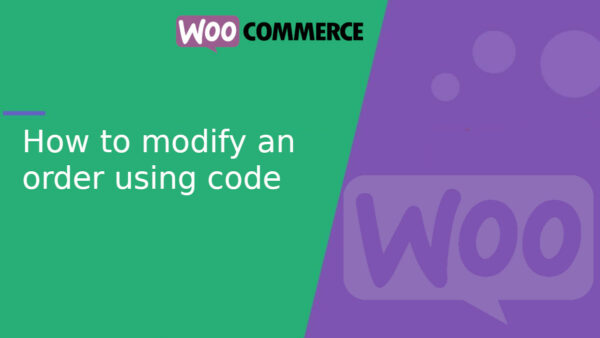
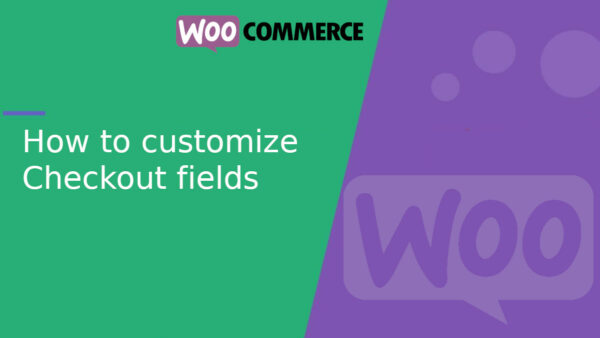
How to customize Checkout fields in WooCommerce
Customizing the checkout page in WooCommerce is essential to improving user experience. WooCommerce allows you to add, remove,…
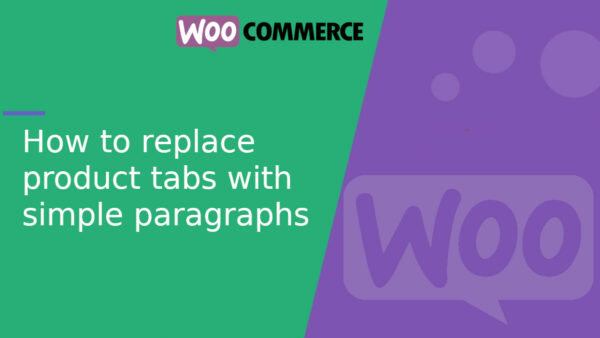
How to replace WooCommerce product tabs with simple paragraphs
By default, WooCommerce product pages include tabs such as “Description,” “Additional Information,” and “Reviews.” If you want to…
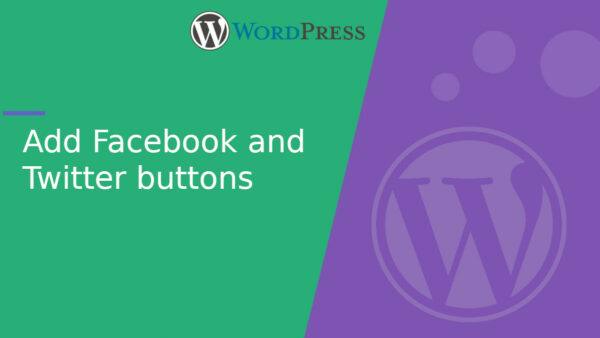
Add Facebook and Twitter buttons in WordPress
If you want to increase engagement on your WordPress posts, a great option is to add Facebook’s “Like”…

Show product images in checkout page in WooCommerce
In WooCommerce, the order summary on the checkout page displays the product name, quantity, and price but does…
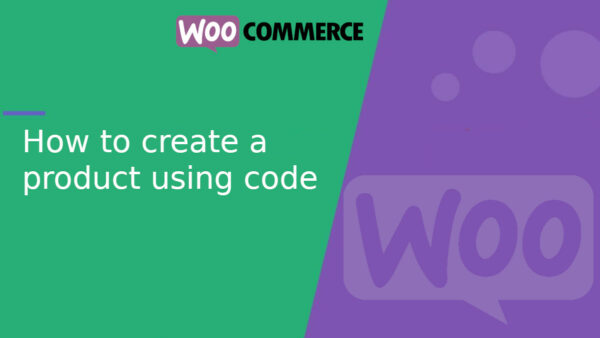
How to create a product in WooCommerce using code
WooCommerce allows us to manually add products from the WordPress admin panel, but we can also create them…
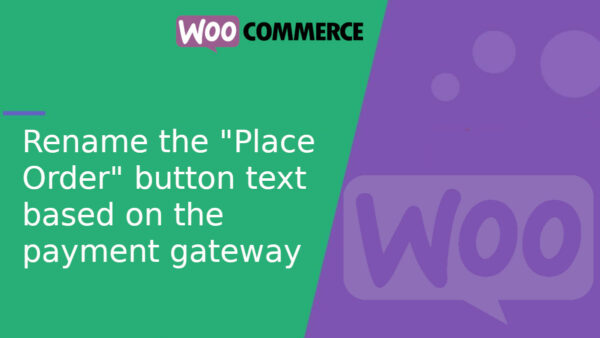
Rename the “Place Order” button text based on the payment gateway in WooCommerce
In WooCommerce, the “Place Order” button on the checkout page can be easily modified based on the selected…

How to add fields in the WooCommerce product export section
WooCommerce allows exporting products from the WordPress admin, but by default, it does not offer the ability to…

How to create a shortcode to display a product SKU in WooCommerce
WooCommerce allows you to extend its functionality using shortcodes—small pieces of code that you can insert into pages,…
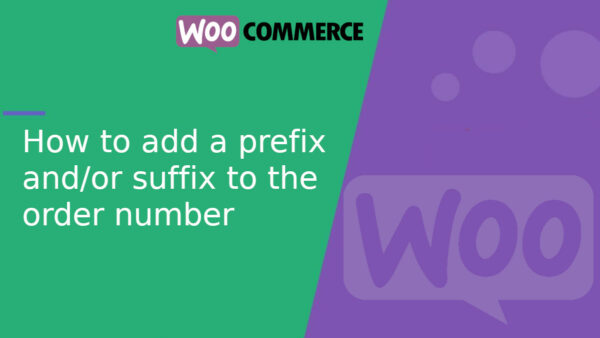
How to add a prefix and/or suffix to the order number in WooCommerce
In WooCommerce, order numbers are generated incrementally, making them predictable. To improve customization and security, we can add…
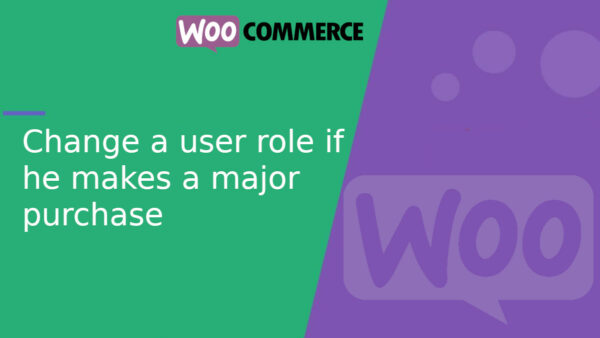
Change a user role if he makes a major purchase
In this article, you will learn how to automatically change a user’s role in WooCommerce if they make…
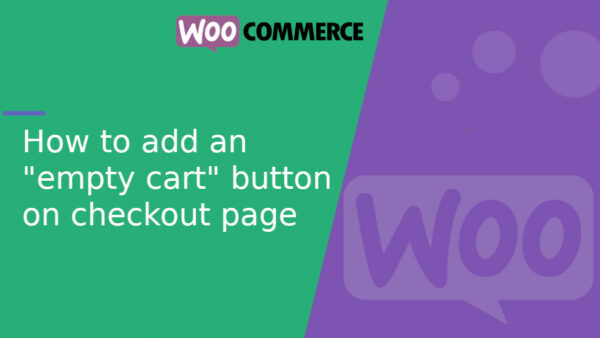
How to add an “empty cart” button in WooCommerce
By default, WooCommerce allows users to remove individual products from the cart page but does not include a…
